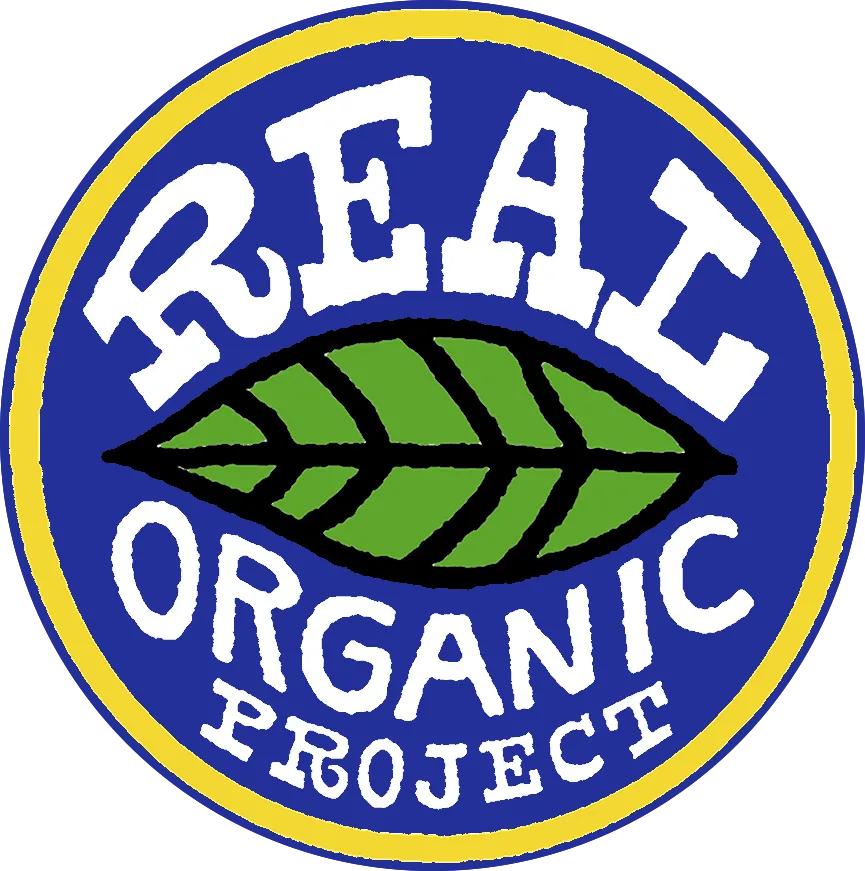Discerning the Birds: Week #8, 7/29/20
Sitting around a fire the other evening with some farm friends (social distancing of course!), we were talking about seasons and how we feel the rhythms and pulses of the natural world around us.
For one friend, the visual changes are what strike her most. The white and brown March times that bleed into the peeking greens of April into the exploding of vibrant greens in May and June to the yellowing green of the later summer and into the browning of fall.
Mike talked about weather and weather patterns as the way he feels connected to the natural world. (He fancies himself an amateur meteorologist 😉 He checks the radar and weather forecast constantly, and feels these patterns tug on him as he plans his tasks and days around what the sky is doing.
Sounds connect me most to the natural world and the rhythm of the seasons. Particularly birds.
In late February I hear the first red winged black bird calls, sometimes horned larks, and I know it’s time to fire up the greenhouse.
In March, the sandhills start flying through and robins begin their constant singing.
I brace for the Rufus Breasted Towhee in May, and its constant singing of “Drink Your Tea!”. All day long I will have that mnemonic stuck in my head.
The iPod that is constantly on shuffle in our packing shed has audio tracks of about 250 birds that can be heard in Wisconsin. For years, the bird calls have been a source of surprise and entertainment. Volunteers try to guess them; and always at least once a season, someone thinks a live bird is caught in the shed until they hear the calm, narrator’s voice over the stereo, identifying the call.
The most common birds we hear on the farm are song sparrows, robins, kill deer, chickadees, gold finches, and red-winged black birds. Often the calls of these birds create the default background noise of the fields. Now that I know all these calls, it frees me up to hear the other songs, the different, less common sounds in the fields. To discover what other birds make their ways through our farm spaces… I delight in these discoveries. The whole crew knows if I hear a bobolink, oriole, catbird, hermit thrush, chipping sparrow, etc… I’m gonna get excited.
If you’ve never tried to identify birds by their songs before, I highly recommend it! Learning even just one bird call can turn your brain to listen to your outside world in a different way. There is a whole audio scape outside of us, pulsing, singing, calling all the time. When we learn to discern it, the natural world seems a little more magical and definitely more full.
Cheers and enjoy your veggies!
Farmer Cassie






